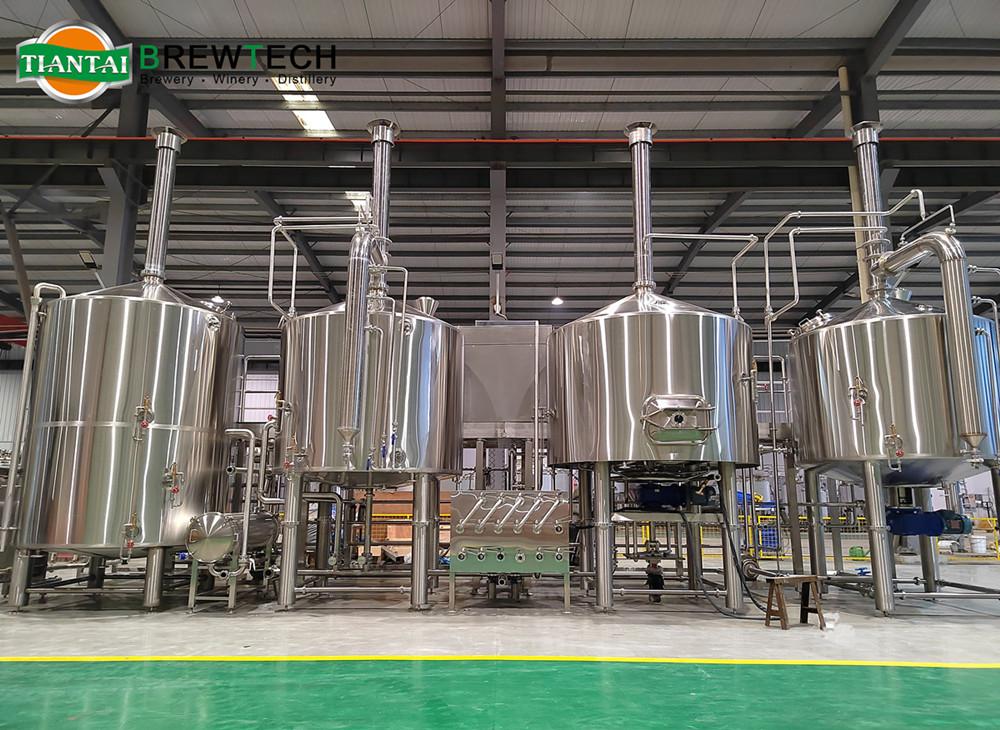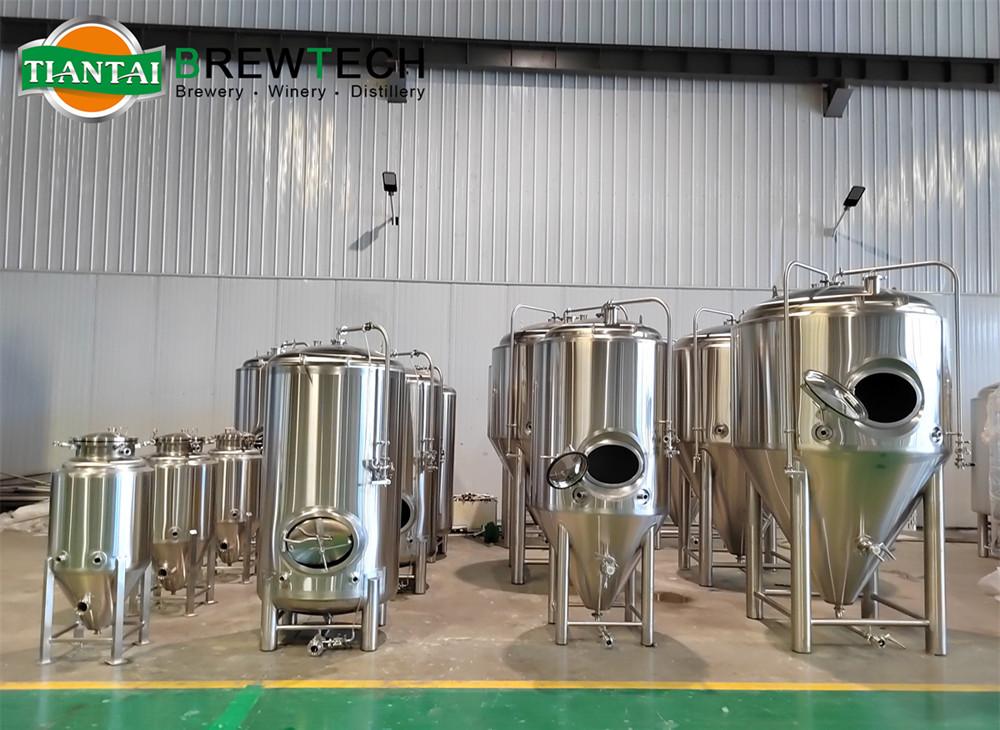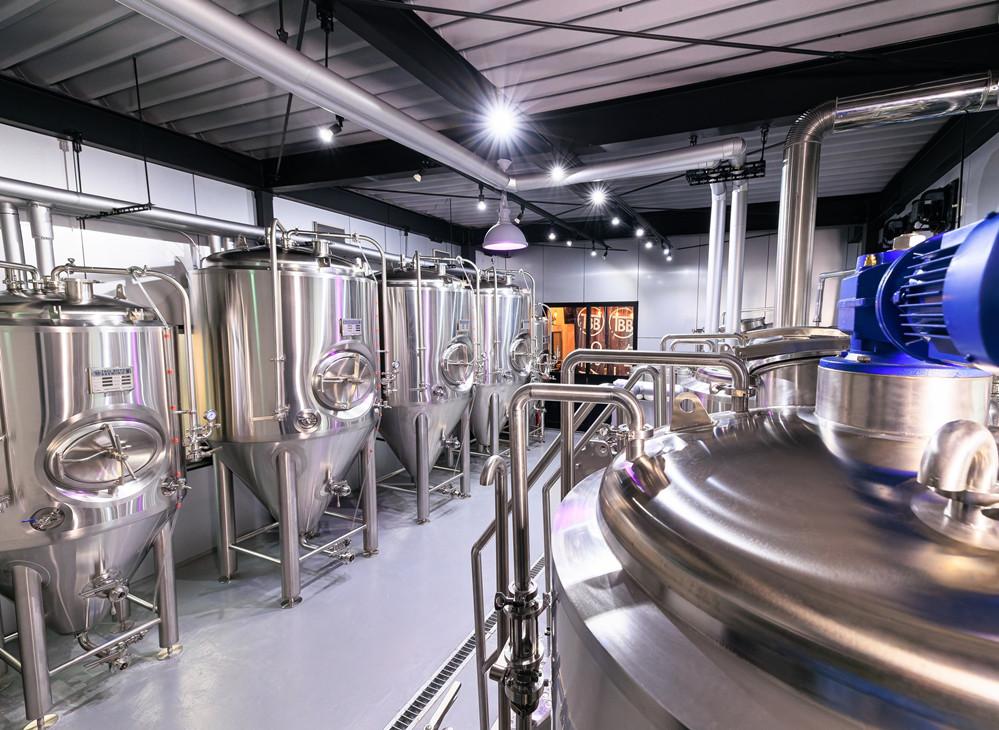Brewers measure gravity throughout the brewing process to estimate how many sugars can be converted to alcohol. In the end, these calculations are used to determine the beer's final strength(its alcohol by volume or ABV)). Crucial in this process is understanding the recipe's original gravity. Without it, the ABV cannot be determined.

What Is Original Gravity?
Original gravity (abbreviated OG) is a measure of the fermentable and un-fermentable substances in a beer wort before fermentation. Those substances are often the sugars that will be converted to alcohol during the fermentation process.
OG gives the brewer an idea of the potential alcohol content in the final product. After fermentation when OG is mathematically compared to FG (Final Gravity), the exact alcoholic strength can be determined.
For example, Kyle's Nut Brown ale had an OG of 1.054 and an FG of 1.015 resulting in 5.3 percent ABV.

How to Estimate Your Home Brew's OG?
Before you can get an OG, you must get an SG (specific gravity) reading by using a hydrometer or similar instrument. The SG compares the density of the beer (or wort) to the density of water.
Water has a specific gravity of 1.000. When grains for the wort are added, the density increases. For example, a stout may have an SG reading of 1.090, which means that it is 9 percent more dense than water and you can assume that it contains 9% sugar.
.jpg)
Find Your PPG
When buying grains or malt extracts for a beer recipe, you will need to know each grain's PPG rating (points per pound per gallon). The supplier may have this information and there are online charts available for common grains.
*PPG can be found by adding 1 pound of grain or malt extract to 1 gallon of water and taking a hydrometer reading.
*The reading will look something like this: 1.034
*The PPG is 34 (the long math is Hydrometer reading x 1000 - 1000—though you can just use the last two digits).
Once you have your PPG, you can calculate the OG:
Original Gravity = Amount of Extract x PPG / Batch Size

Mash efficiency must also be factored in. Efficiency is determined by how well your equipment and brewing process extracts sugars from the malts during the mash/lauter process.
In reality, the OG calculation looks like this because no homebrew operation is 100 percent efficient (most are in the 80 percent range).
Original Gravity = Amount of Extract x PPG x Efficiency / Batch Size
Using OG and FG to Calculate ABV
Home brewers love abbreviations! Once you have your OG, brew your beer and figure out your FG, only then is it time to calculate your ABV.
The formula for estimating the alcohol by volume of a beer is easy when you have the two gravity numbers:
ABV = (OG - FG) x 1.05) / FG) / 0.79
These two numbers will remain consistent across all beer recipes:
*1.05 is the weight of ethyl alcohol
*0.79 is the density of ethyl alcohol
.jpg)
TIANTAI beer equipment company has professional technology and development engineers to customize the professional beer brewing system, brewhouse vessel, beer fermenters, brite beer tanks......a complete brewery equipment to provide you specific services to your craft beer!
Any requires, please feel free to ask us. Welcome your proposal!
Edited By Daisy Cai
[email protected]




.jpg)

Get In Touch